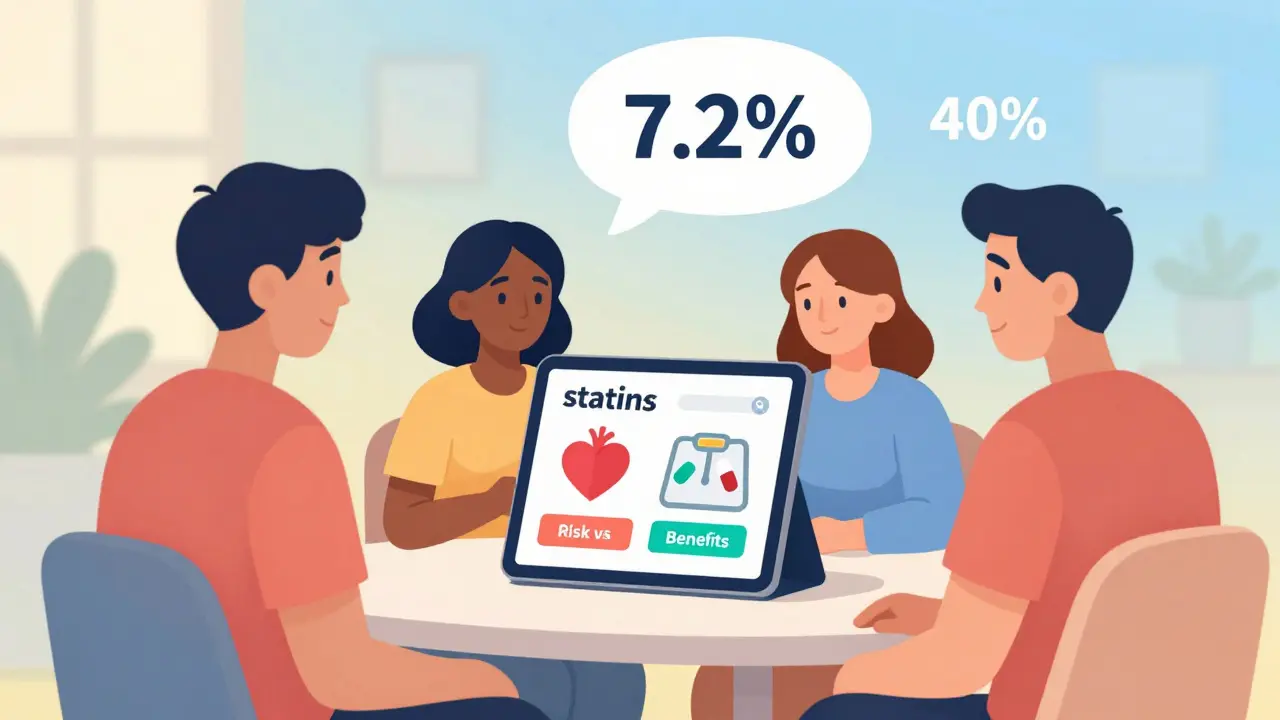Clindamycin: What it Treats and How to Use It Safely
Clindamycin is an antibiotic you’ll see for skin infections, some dental infections, bone infections, and certain lung or abdominal infections caused by specific bacteria. It comes as pills, topical gels/creams, and an intravenous form used in hospitals. If your doctor prescribes it, they’ve weighed the benefits against risks. Still, knowing the basics will help you use it right and avoid common problems.
When doctors pick clindamycin
Clindamycin works well against anaerobic bacteria and some gram-positive bugs. Dentists often use it for tooth infections when penicillin isn’t an option. It’s also used for moderate to severe skin infections like cellulitis and for certain bone infections. The topical form treats acne and other localized skin issues. Your provider chooses clindamycin when other antibiotics won’t work or when the infection type matches what clindamycin targets.
Remember: it won’t help viral illnesses like colds or the flu. If symptoms don’t improve within a few days after starting treatment, call your doctor—sometimes a different antibiotic or further testing is needed.
Practical dosing, side effects, and safety tips
Typical oral doses vary by condition: common outpatient dosing is 150–450 mg every 6–8 hours. In hospitals, IV dosing is different and guided by the team caring for you. Topical gels are applied exactly as the product instructions say. These numbers are a general guide—follow your prescription and your clinician’s instructions.
Side effects to watch for: the most common are stomach upset, nausea, and diarrhea. A more serious issue is Clostridioides difficile (C. diff) infection, which causes severe, persistent diarrhea—report this immediately. Allergic reactions like rash or swelling need urgent care. If you’re pregnant or breastfeeding, discuss risks and benefits with your provider before starting clindamycin.
Drug interactions exist. For example, clindamycin can interact with other antibiotics and changes how some drugs work. Always tell your provider about all medicines, supplements, and herbal products you take.
Finish the full course even if you feel better, unless your doctor tells you otherwise. Stopping early can let bacteria survive and come back stronger.
Buying online? Clindamycin is prescription-only in most places. Use a licensed pharmacy, confirm contact info and pharmacist access, and avoid sites that don’t require a prescription. If price is an issue, ask your doctor about generic options or check reputable discount services.
Got questions about side effects, interactions, or whether clindamycin is right for your infection? Call your healthcare provider or pharmacist—they can give advice tailored to your situation.






